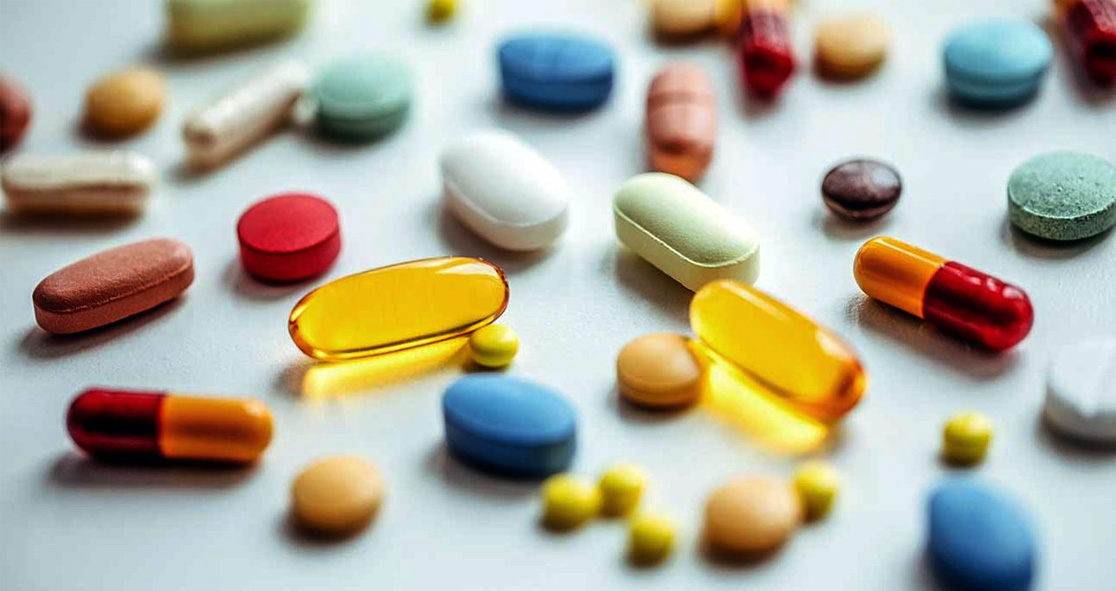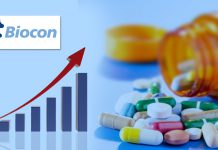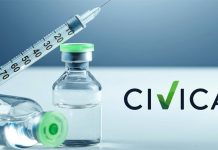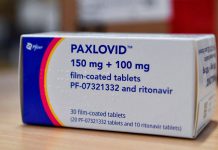We often get confused when it comes to finding the difference between biosimilar drugs and generic drugs.
Both biosimilars and generic drugs are marketed as cheaper versions of brand-name drugs. They are usually available when the patent on the expensive new drug expires.
However, generic drugs and biosimilars are very different. That’s because generic drugs are “identical” to the brand-name in chemical composition, but biosimilars are “highly similar,” according to Cancer Treatment Centers of America (CTCA).
Compared to generics, biosimilars are close enough in duplication to accomplish the same therapeutic and clinical result, per CTCA.
One more key difference is generics are copies of synthetic drugs and biosimilars are modeled after drugs that use living organisms as important ingredients.
However, the CTCA says, experts hope both will share a critical commonality and they will dramatically lower the cost of biologic drugs, which are FDA-approved.
Jamie Joy, Director, Clinical Pharmacy Programs at CTCA says, “Branded drugs are either synthetic, meaning they’re made from a chemical process, or biological, meaning they’re made from living sources.”
“Synthetic branded drugs can be exactly replicated into more affordable generic versions, but because biologics involve large, complex molecules, they cannot,” she adds, “That’s where biosimilars come into play.”
A drug manufacturer receives U.S. Food and Drug Administration (FDA) approval for its new drug, getting a patent for generally 20 years, in which the company has the sole rights to develop or sell the drug. These patents generally have an expensive price tag.
Biosimilars receive FDA approval only after they are found to be “highly similar” to the original biological drug, containing no clinically meaningful differences, although there could be subtle differences in inactive ingredients.
A biosimilar also must prove to be “as safe as, work as well as, and work in the same way as” the original drug, and “be used in the same way, at the same dose, and for the same condition,” according to the National Cancer Institute.
Joy explains, “In general, generic drugs cost 40% to 50% less than the brand product. Biosimilars, in contrast, are closer to 15% to 20& cheaper because of the amount the drug manufacturer has to spend on testing.”
“But because there are potential cost savings to the drug industry as a whole, I think we’ll see a slow-moving shift toward using biosimilars more and more in the future,” she adds.
The U.S. Pharmacist website says it is important for doctors to be aware of “how switching from a reference biologic to a biosimilar differs from switching from a brand to a generic medication.”
“Biosimilars are not interchangeable, the available data must be evaluated to determine the appropriateness of the switch and to ensure that effectiveness and safety are not compromised,” it adds. For more information on generic drugs and biosimilars, visit CTCA and U.S. Pharmacist.























